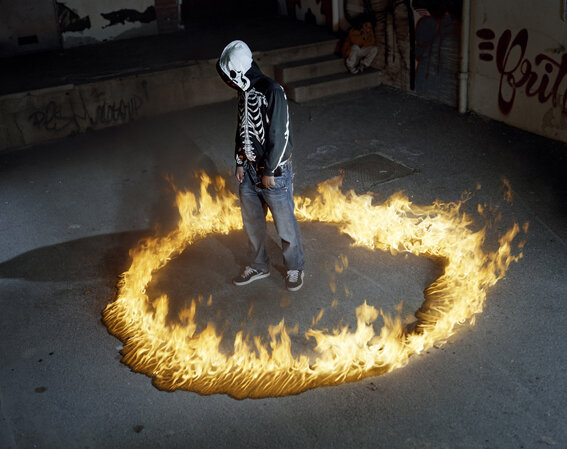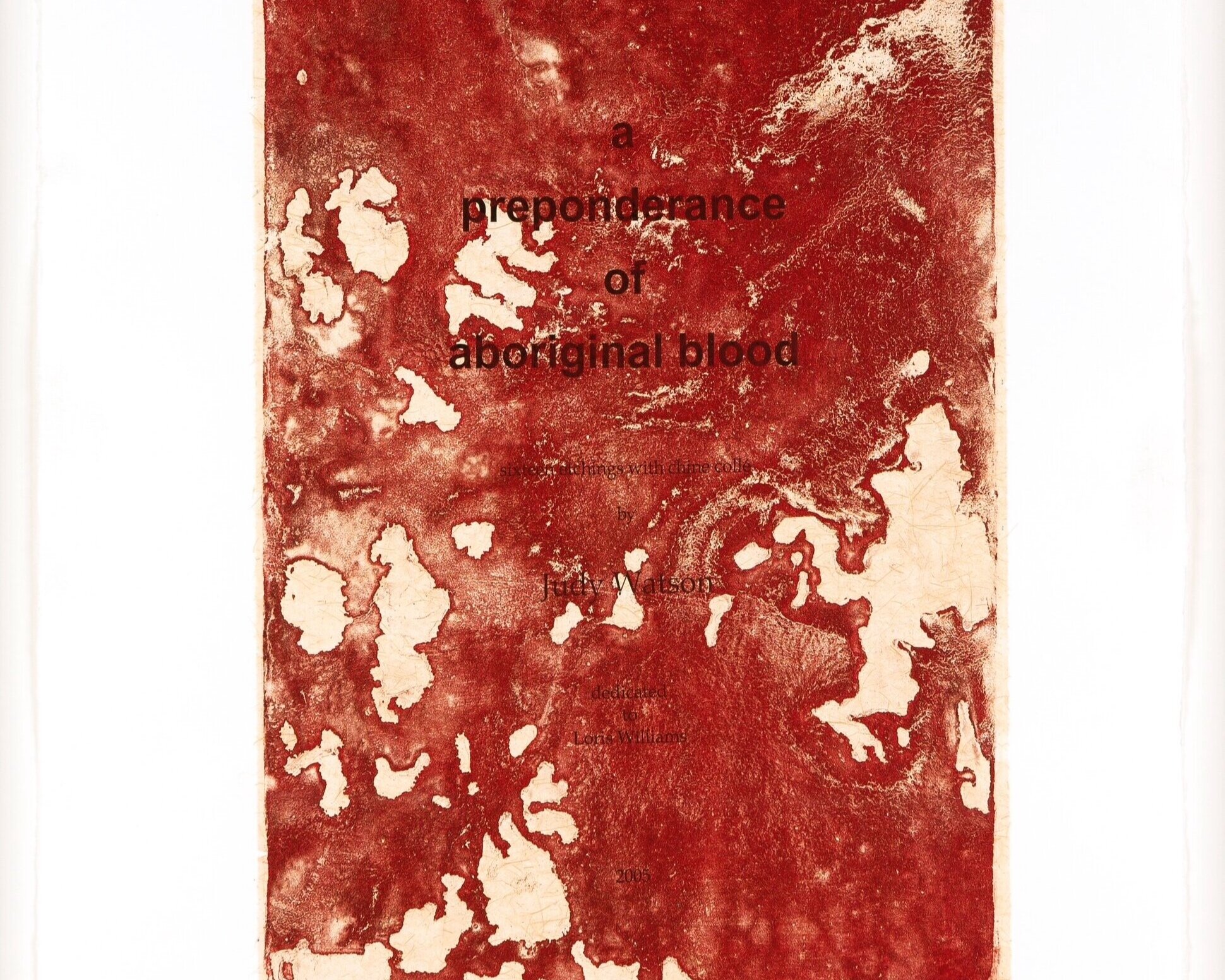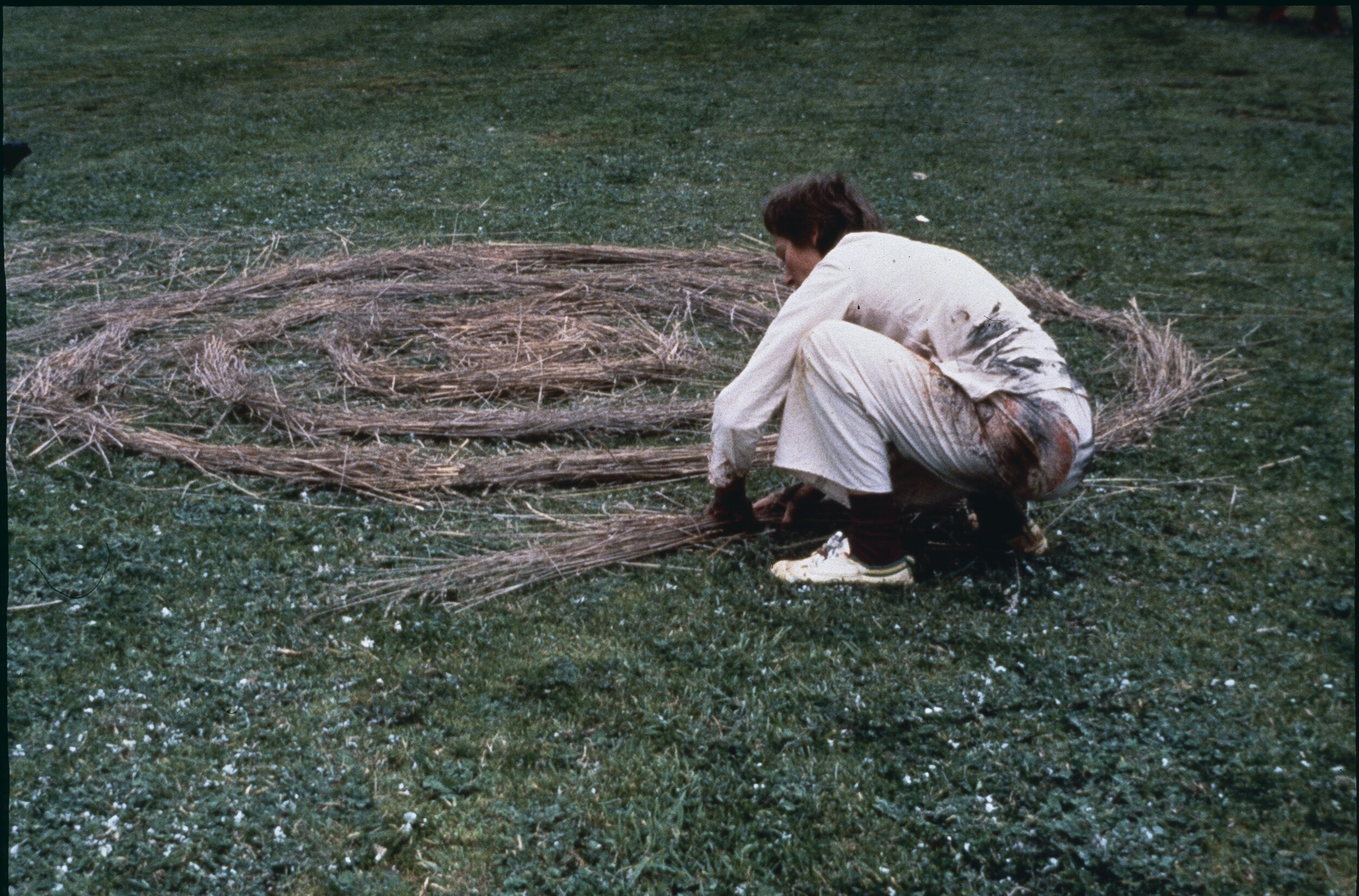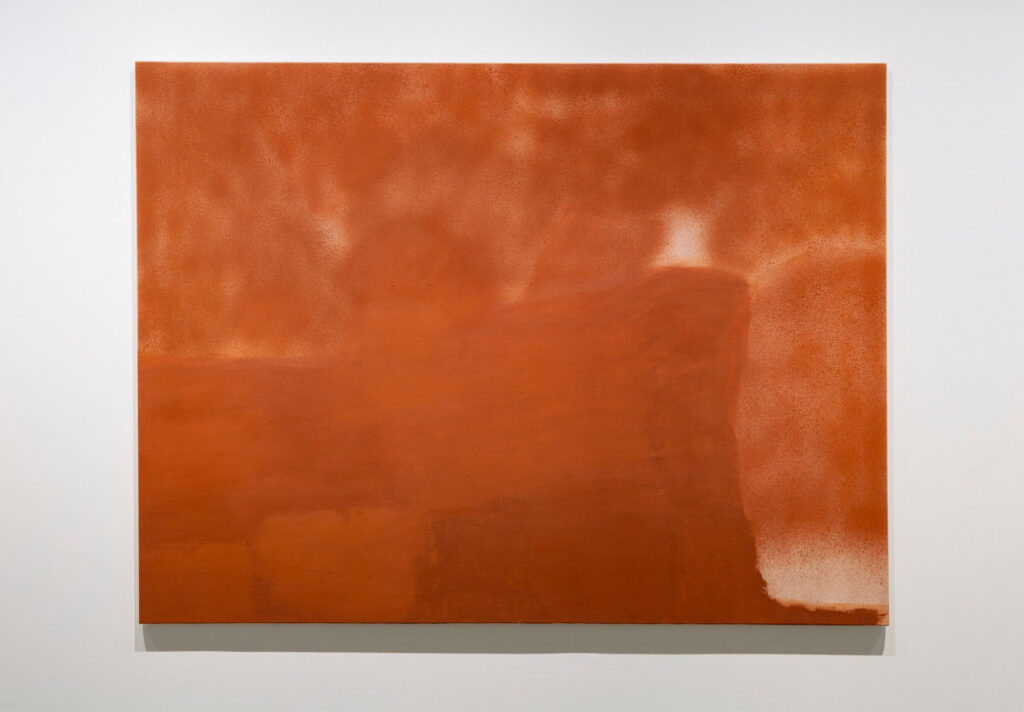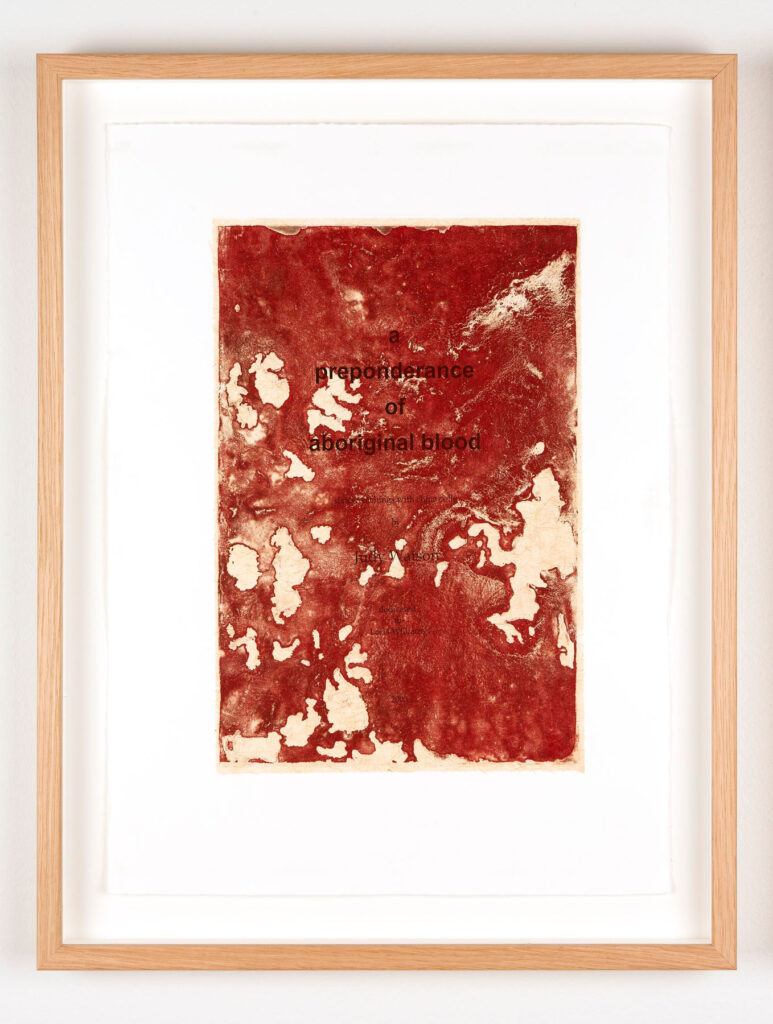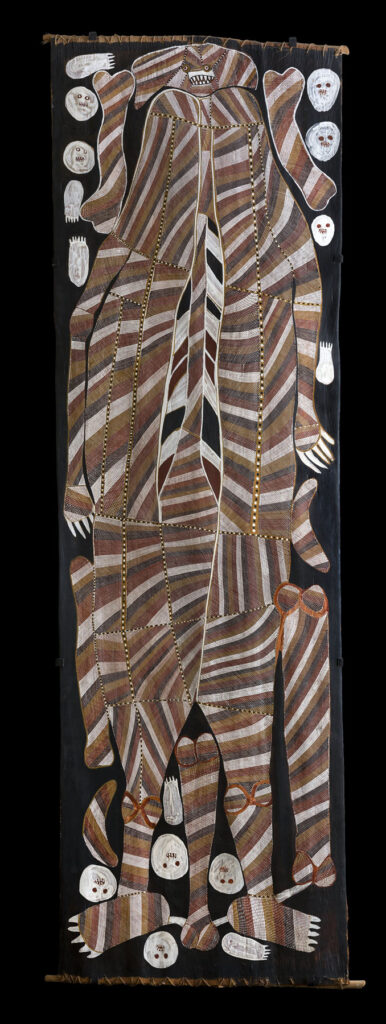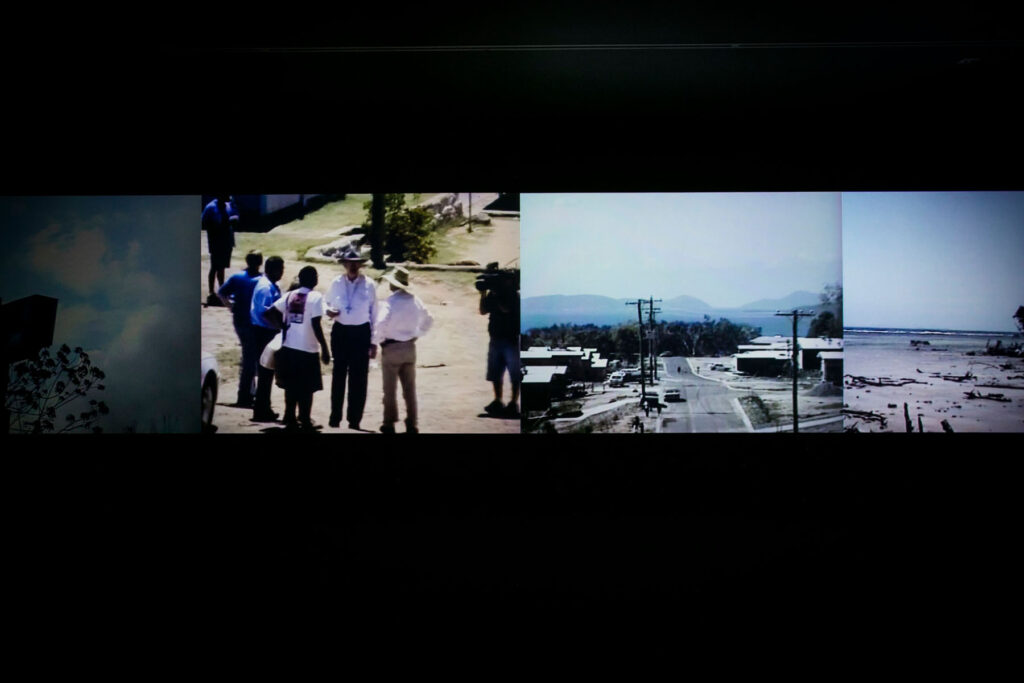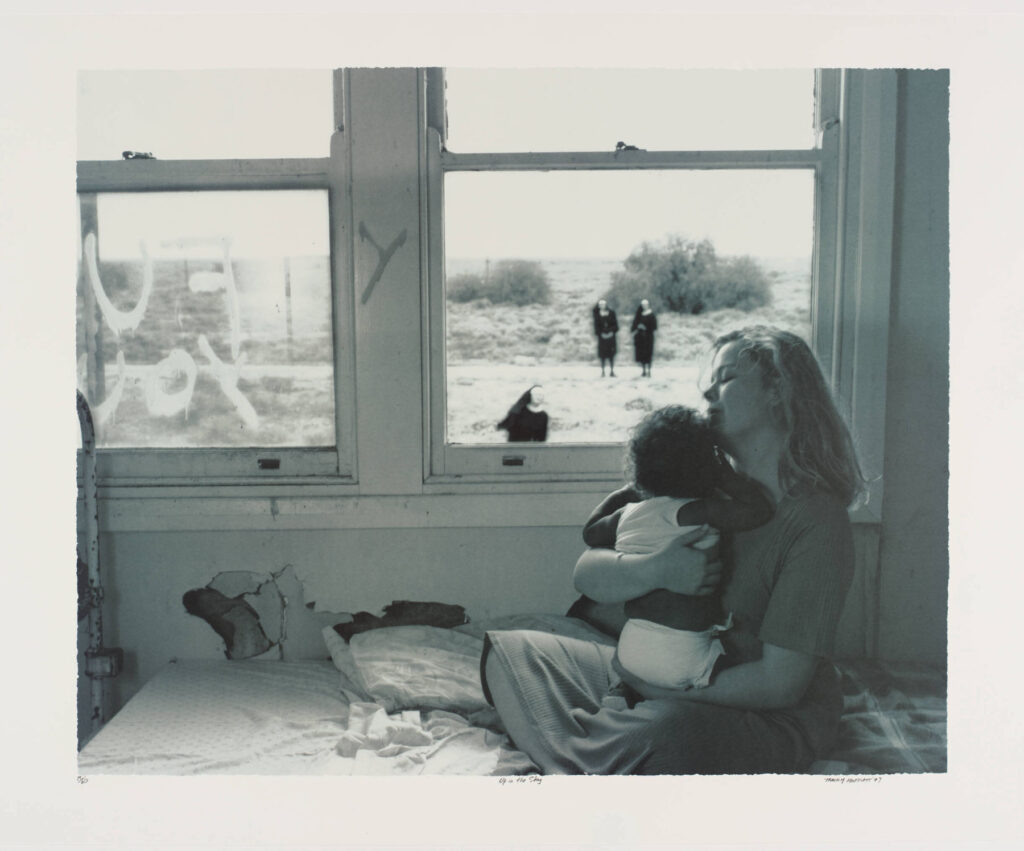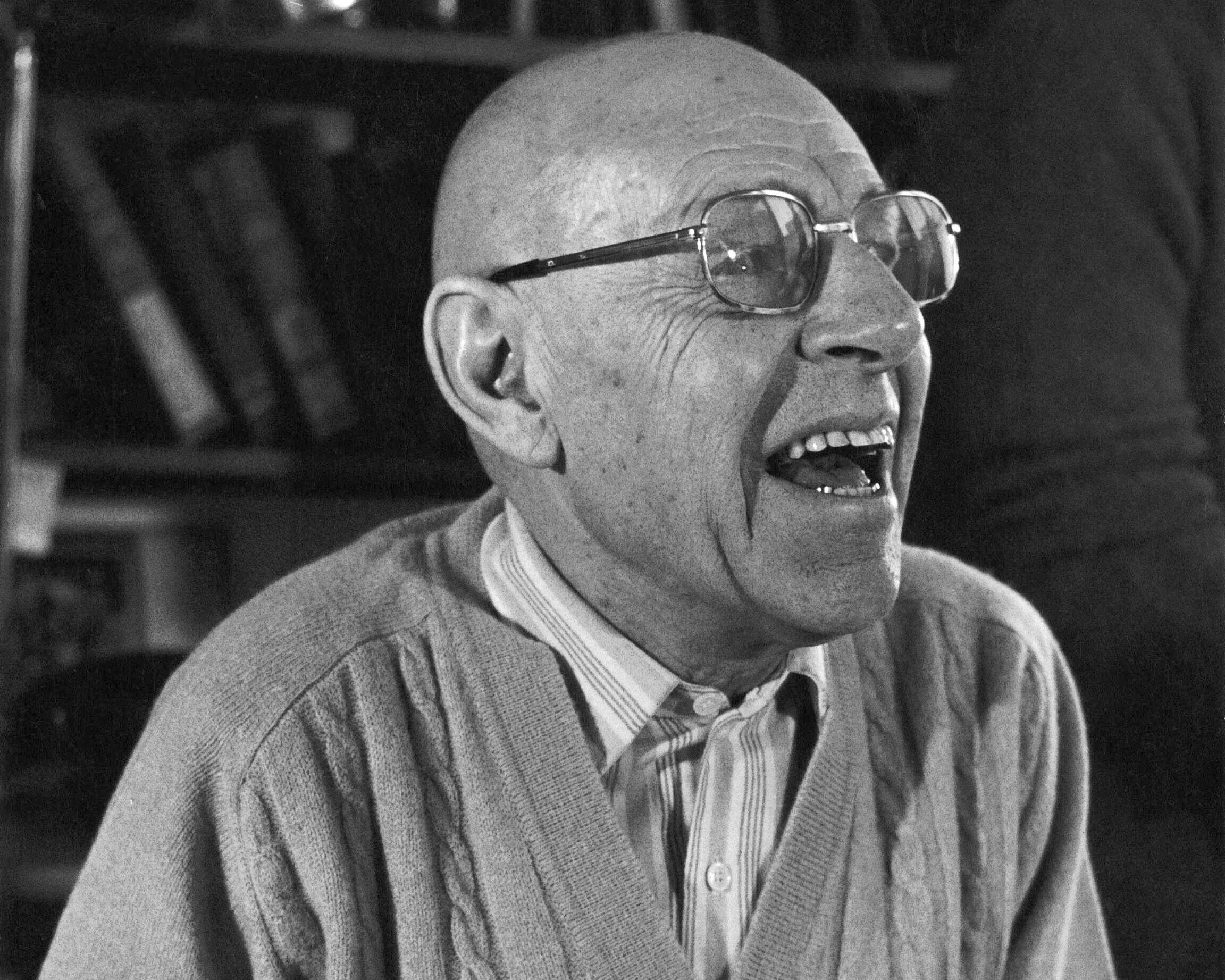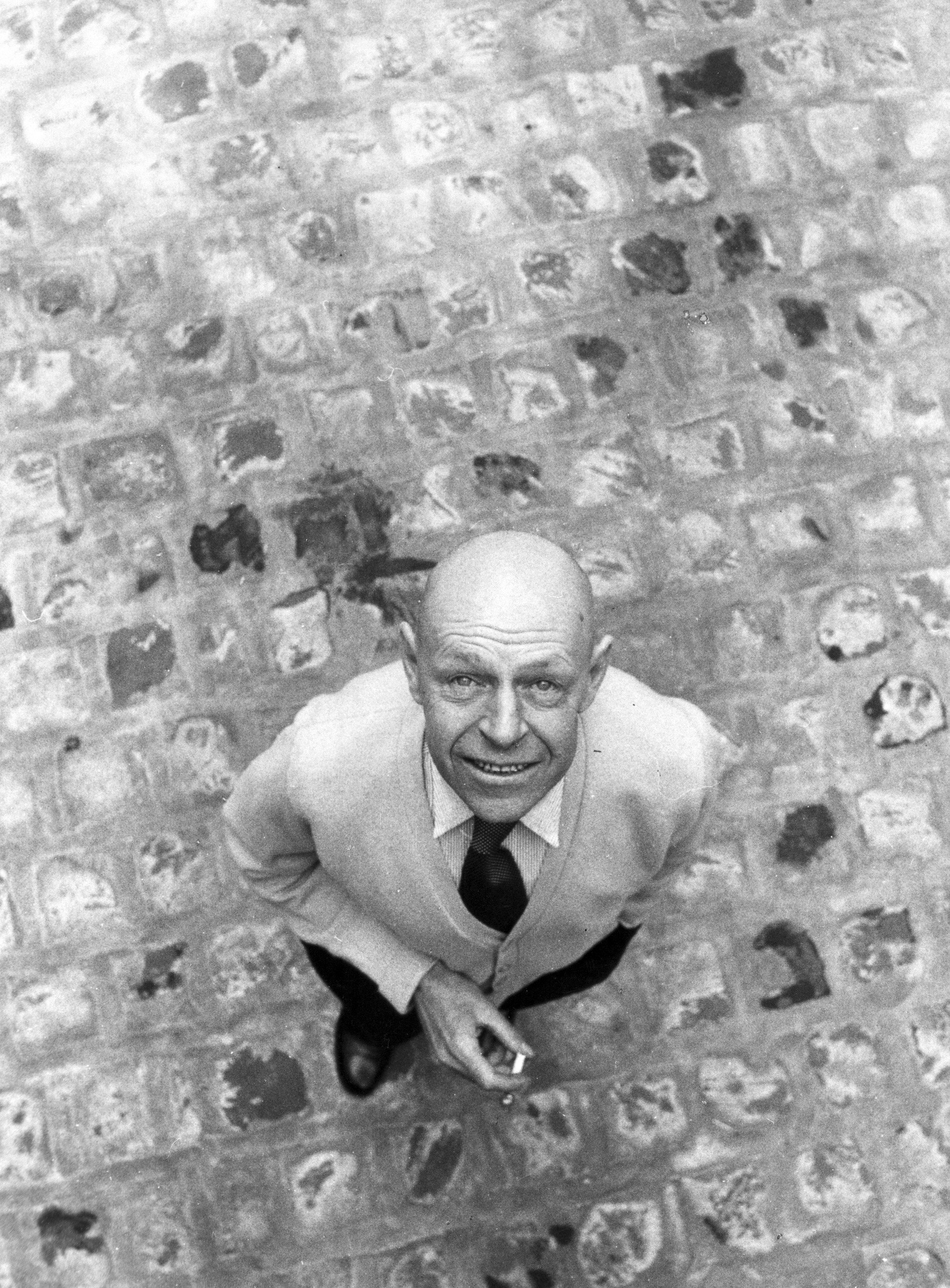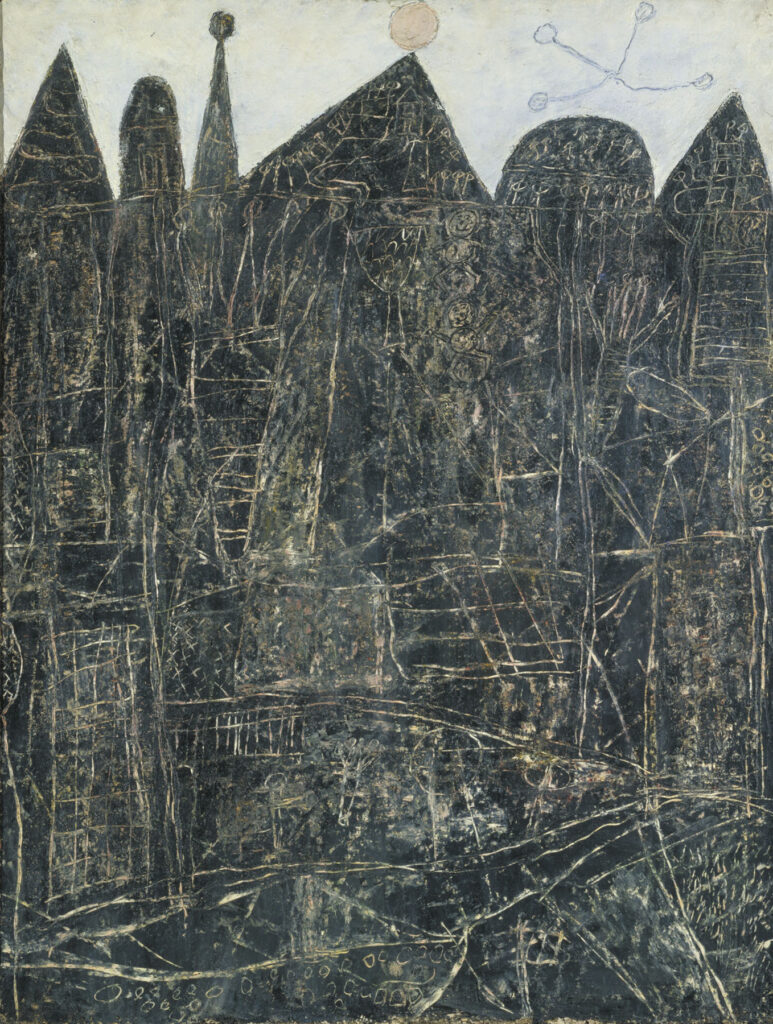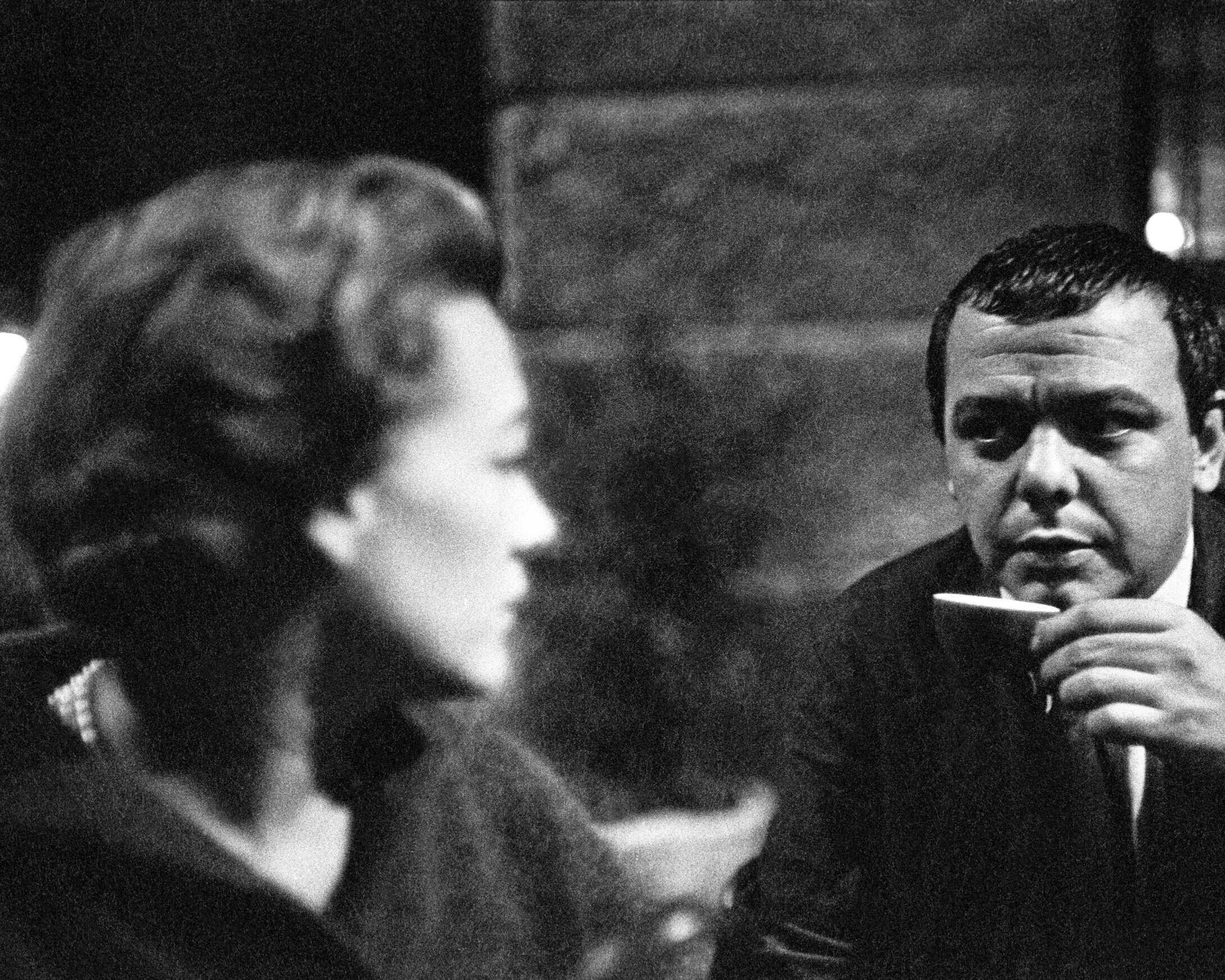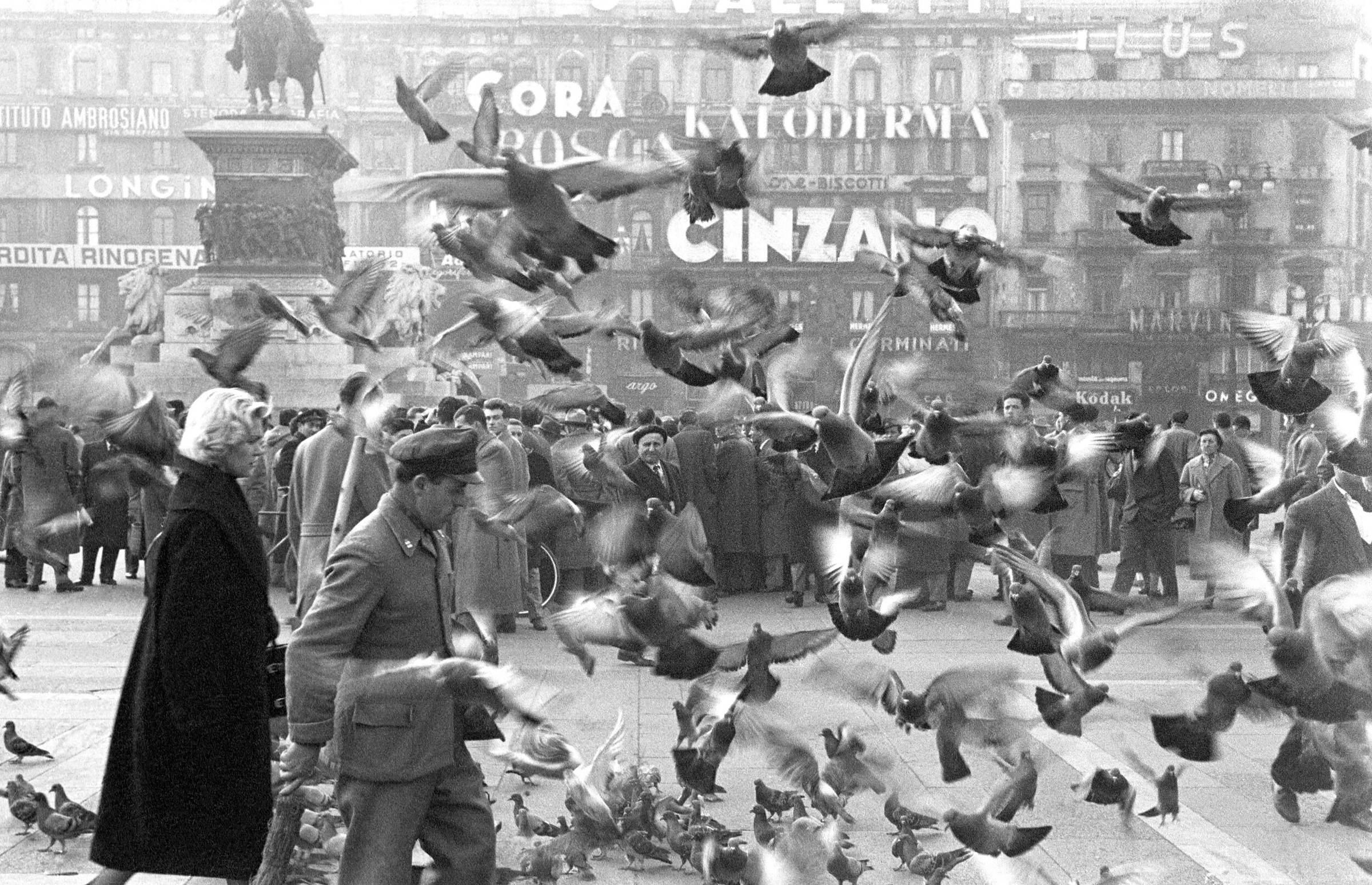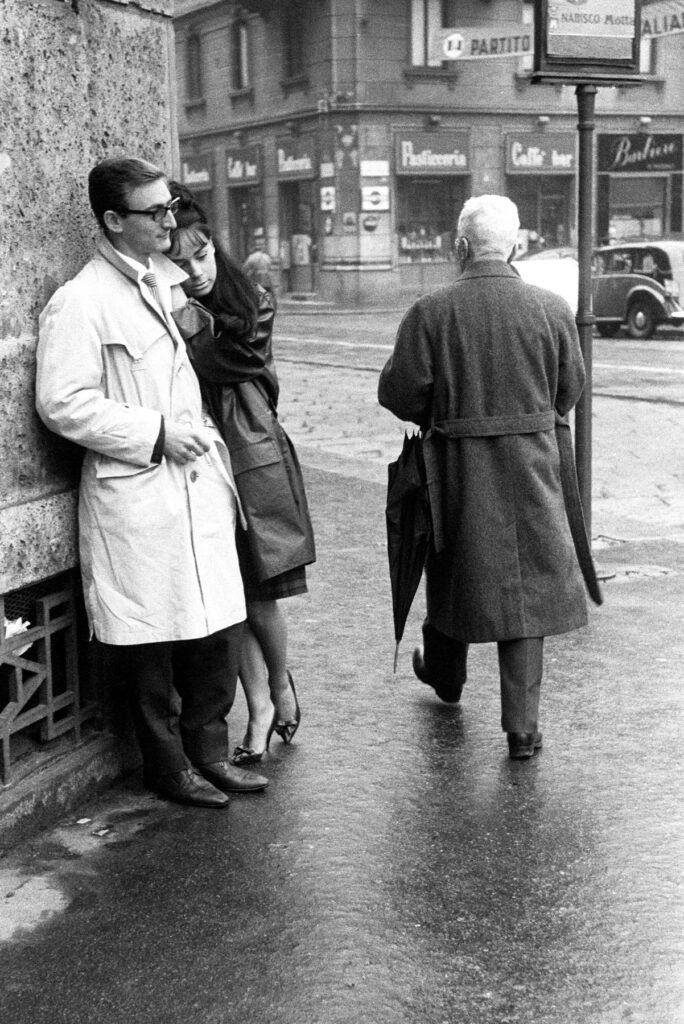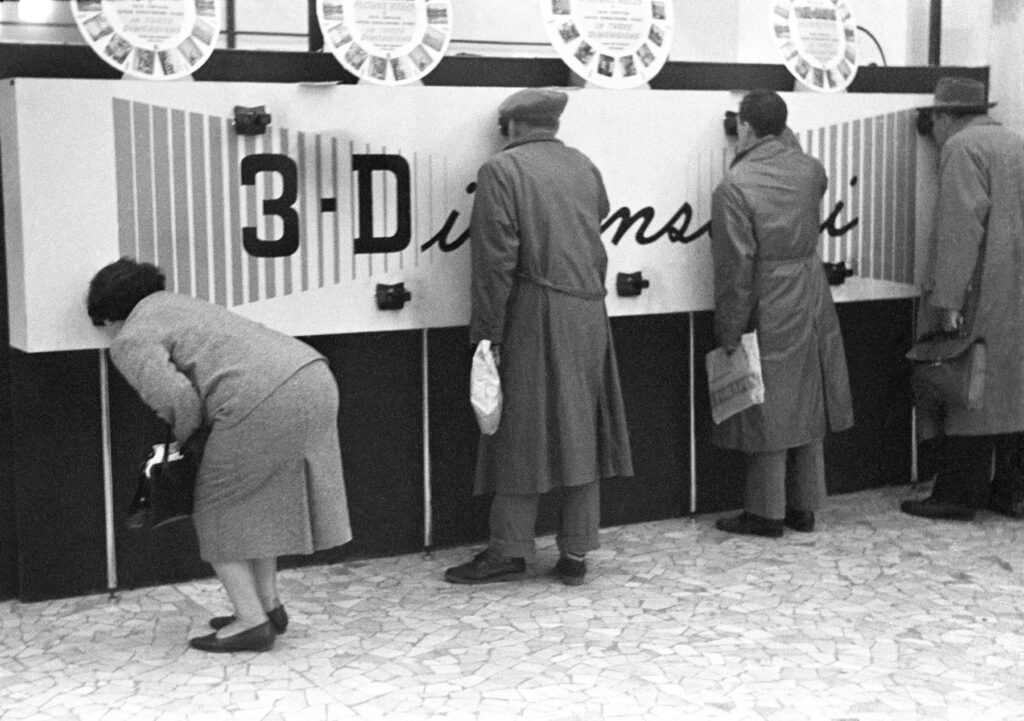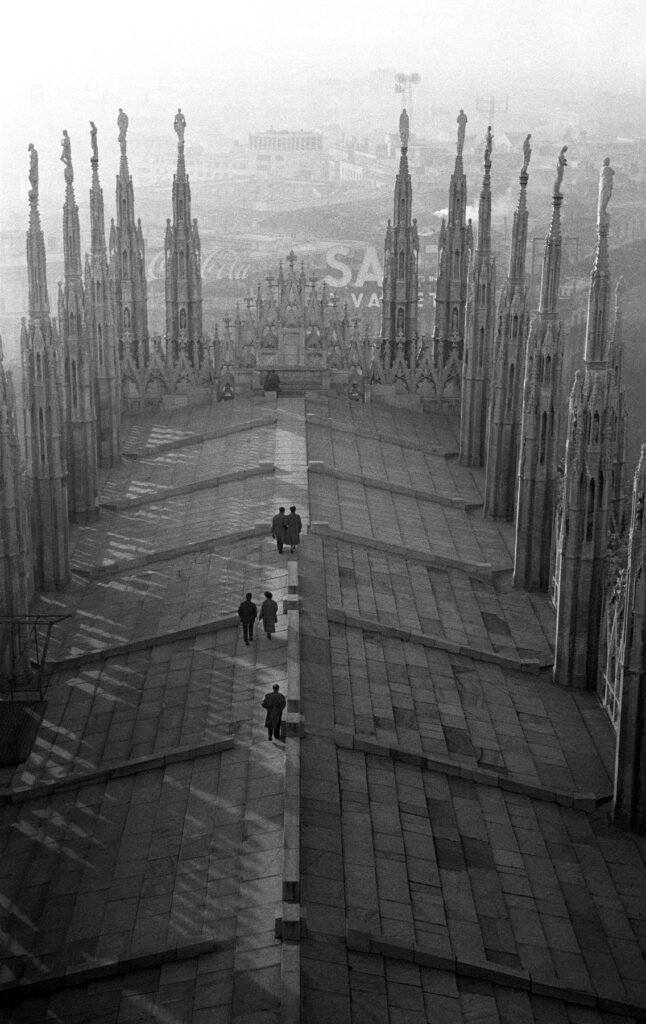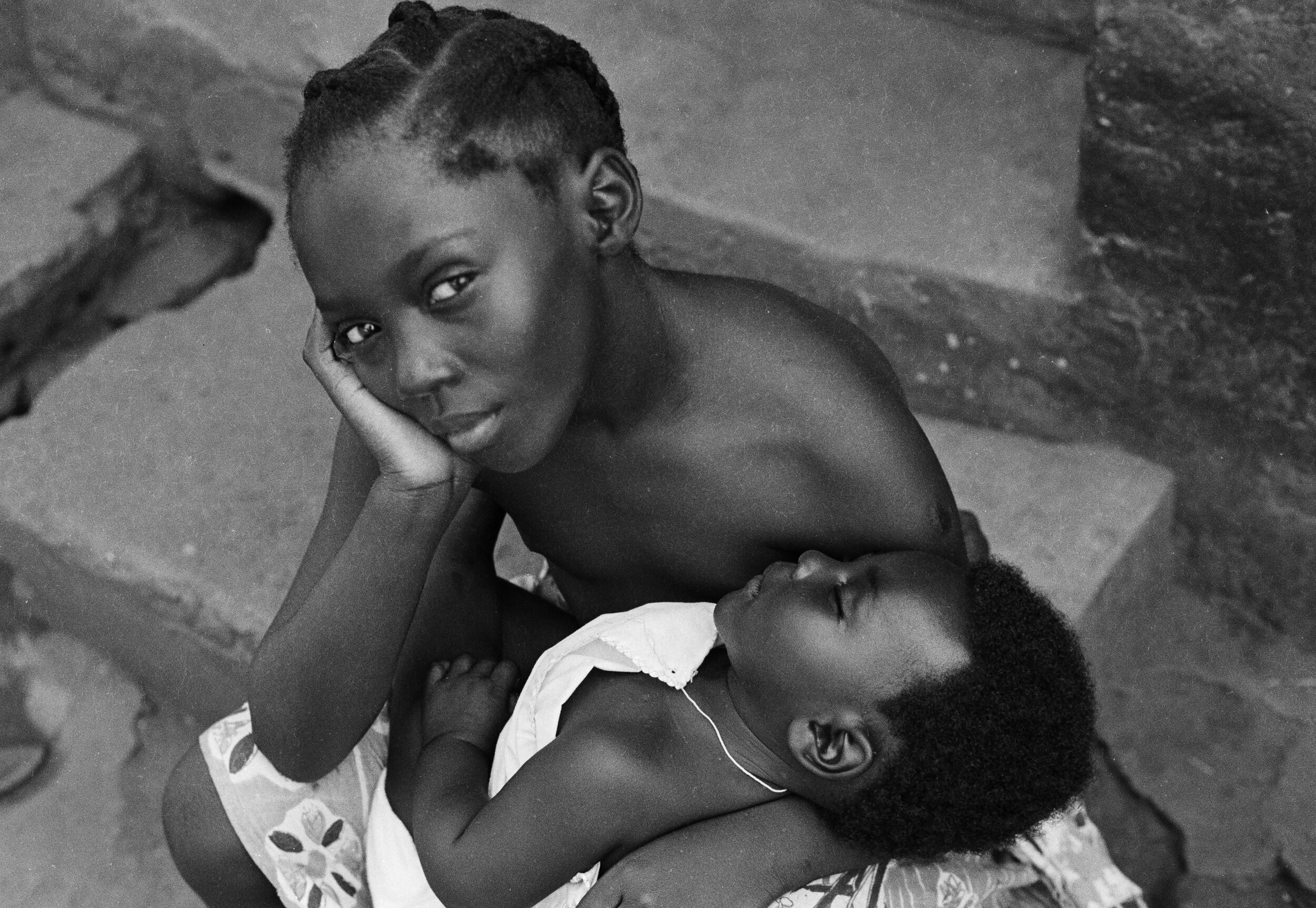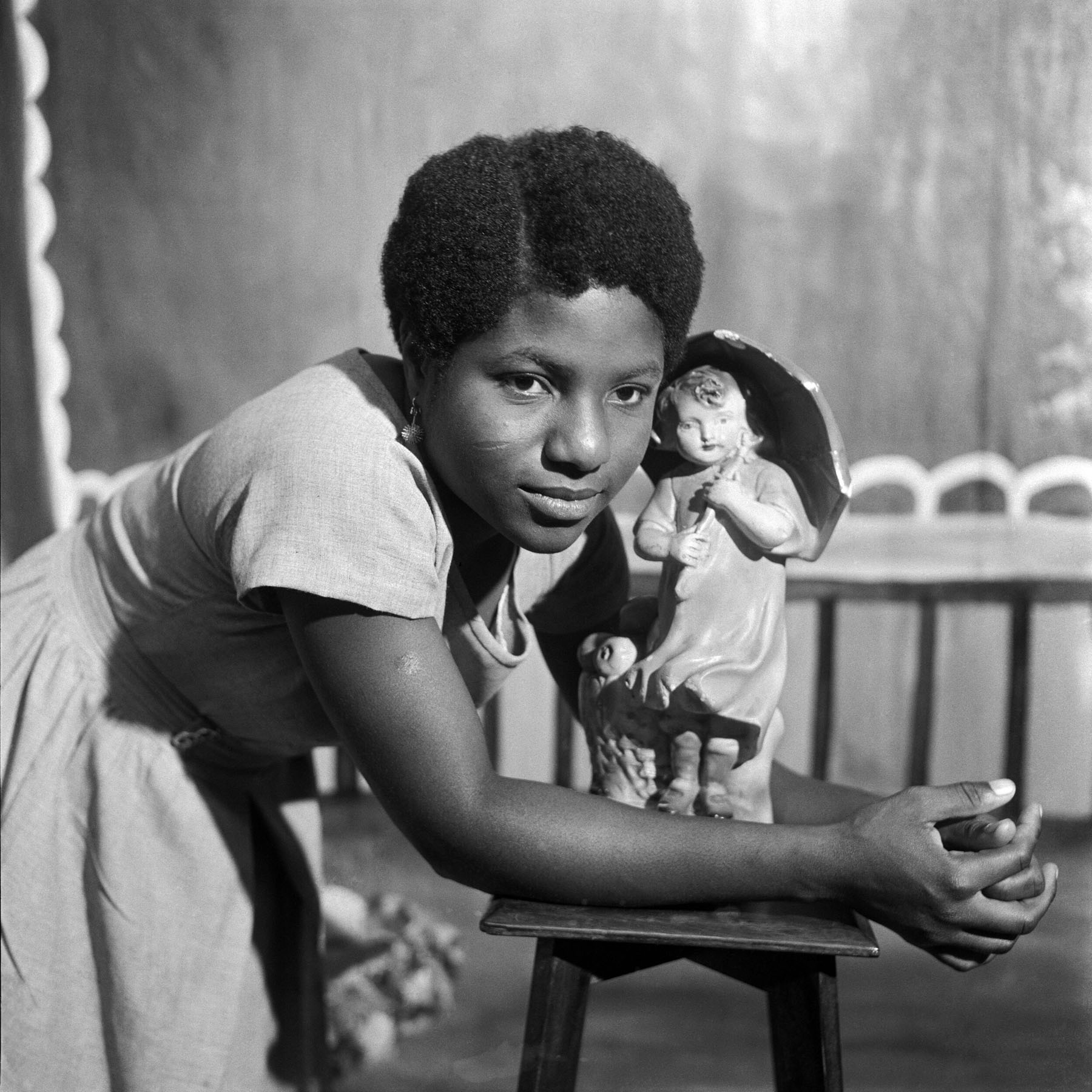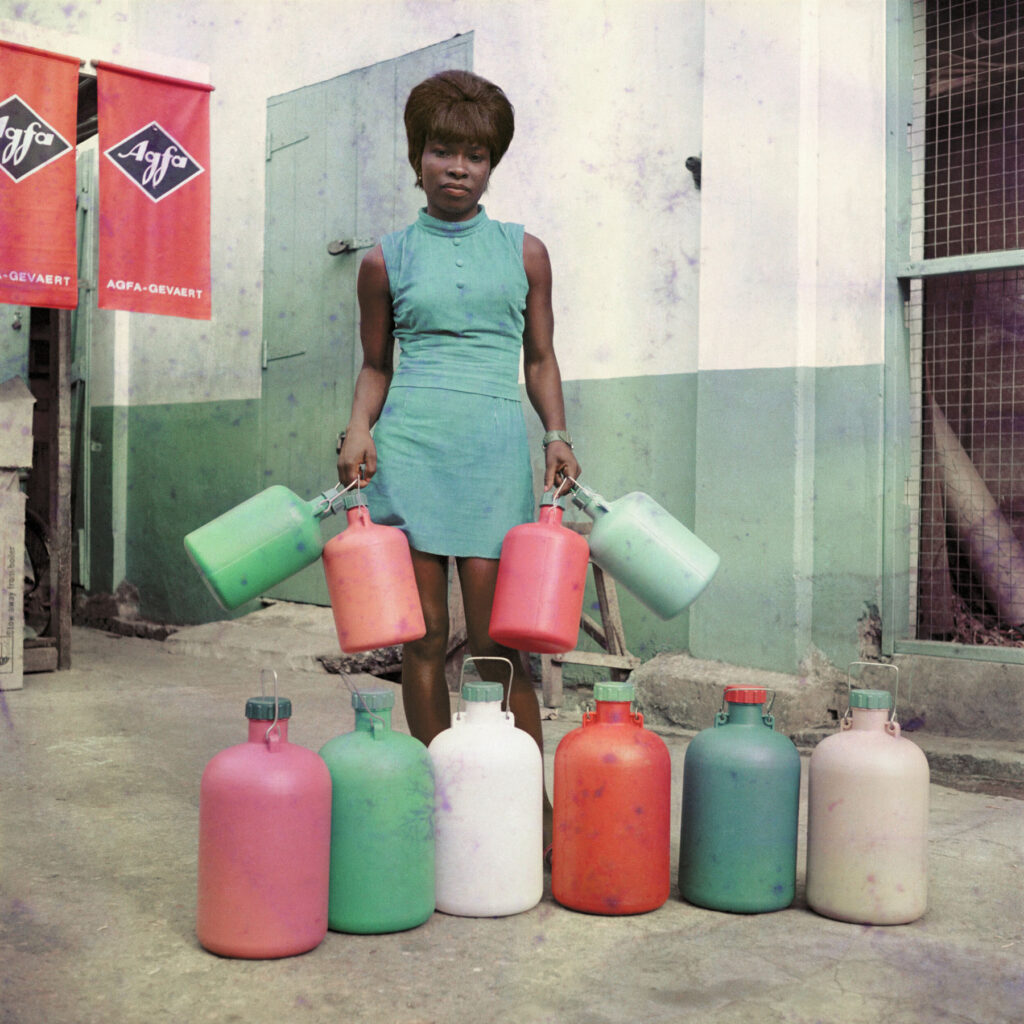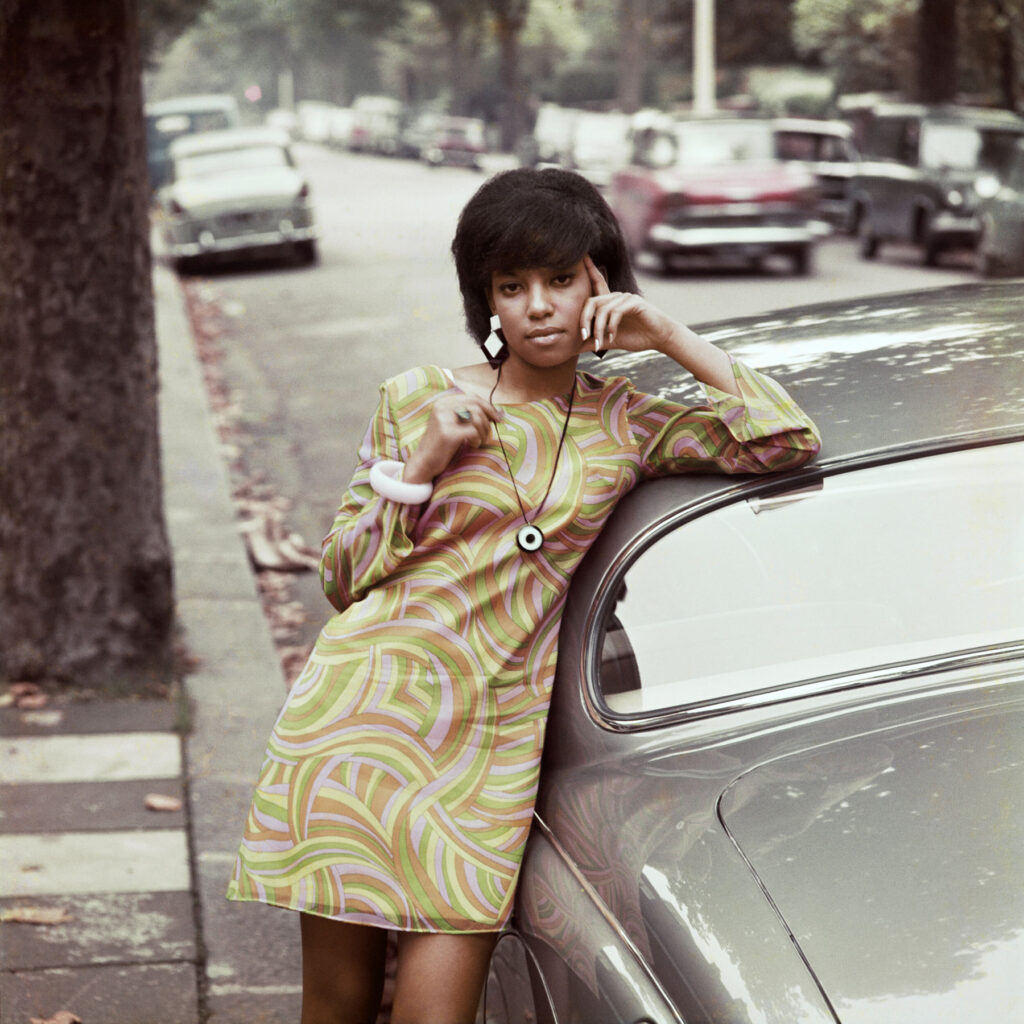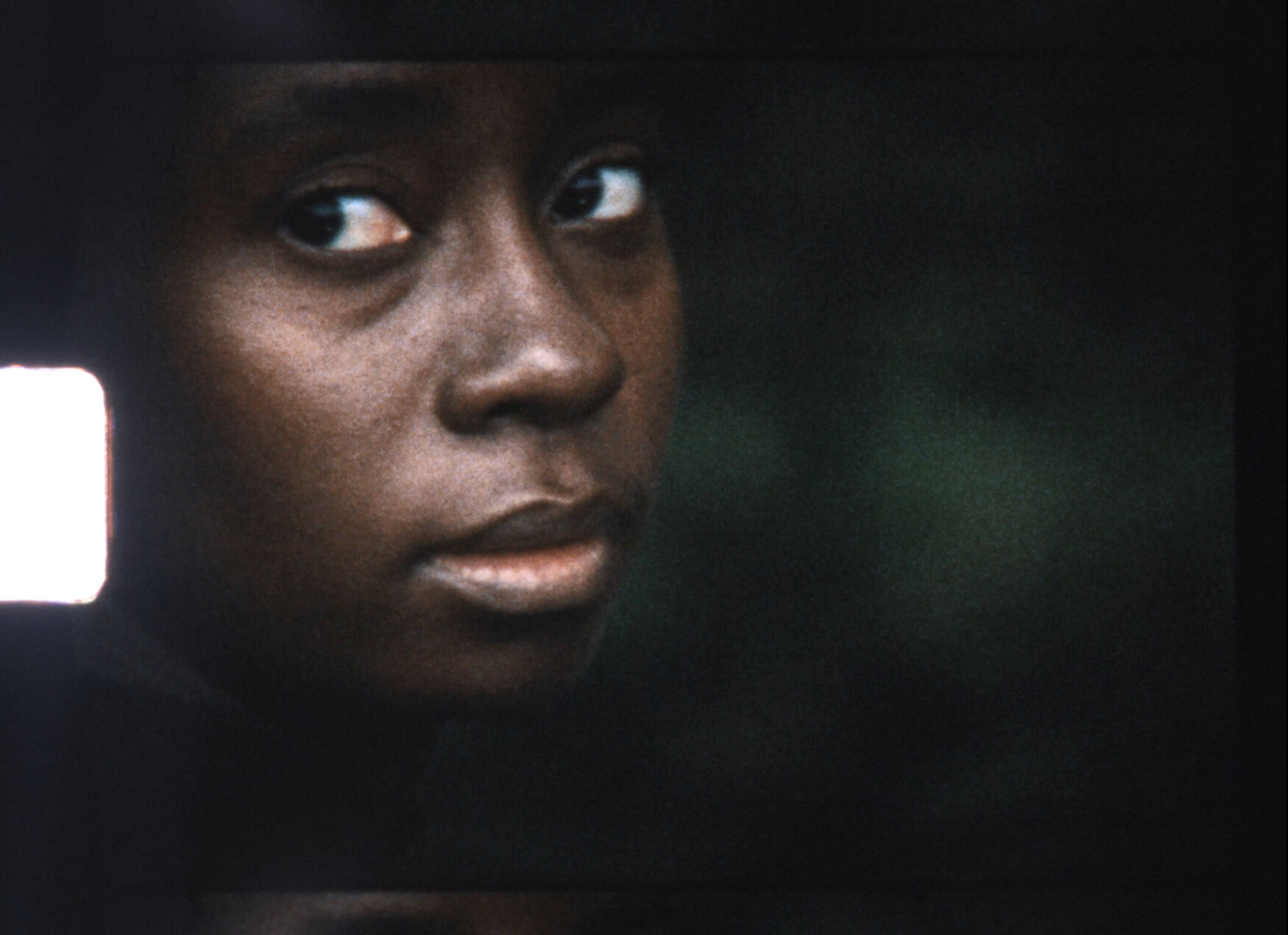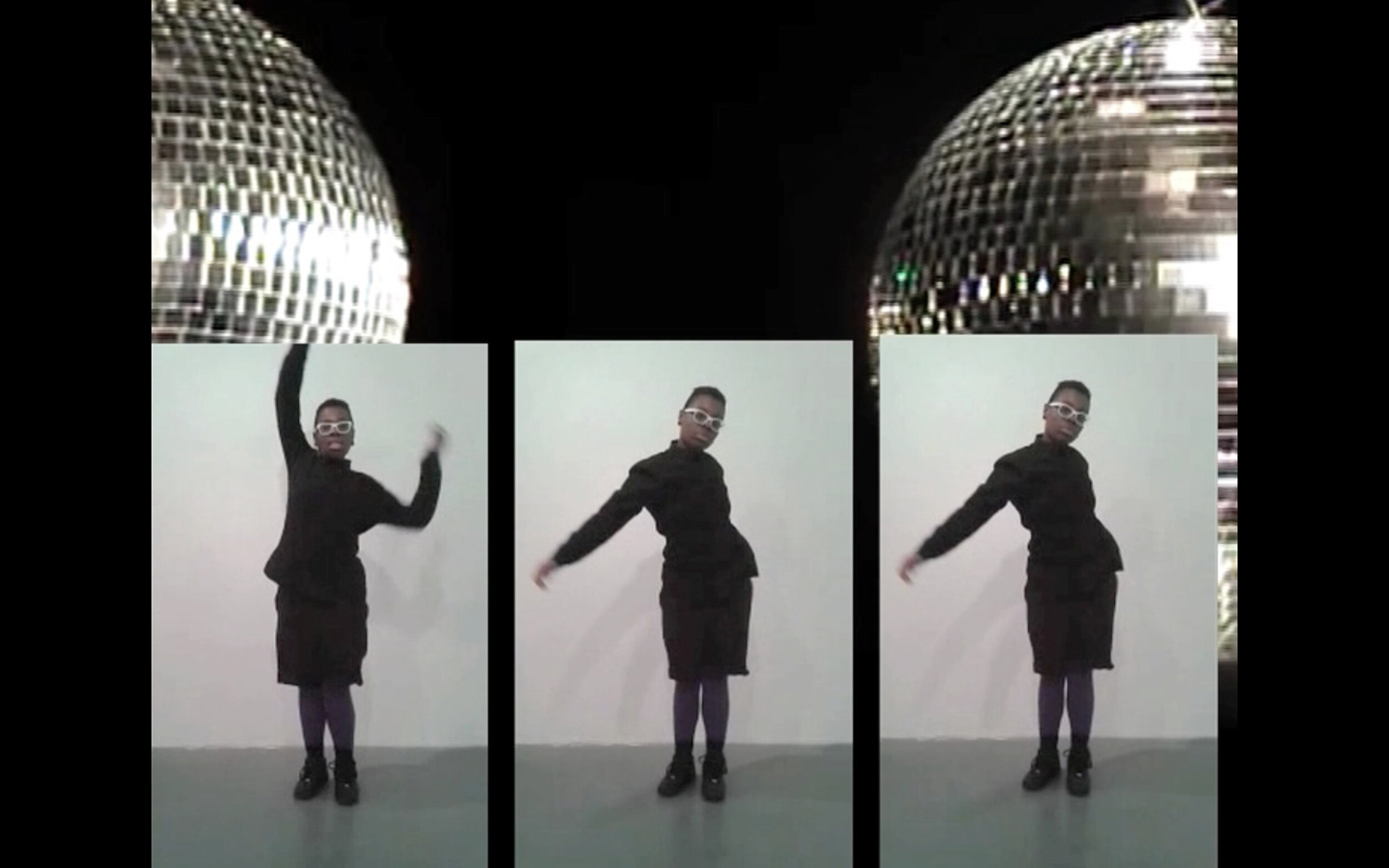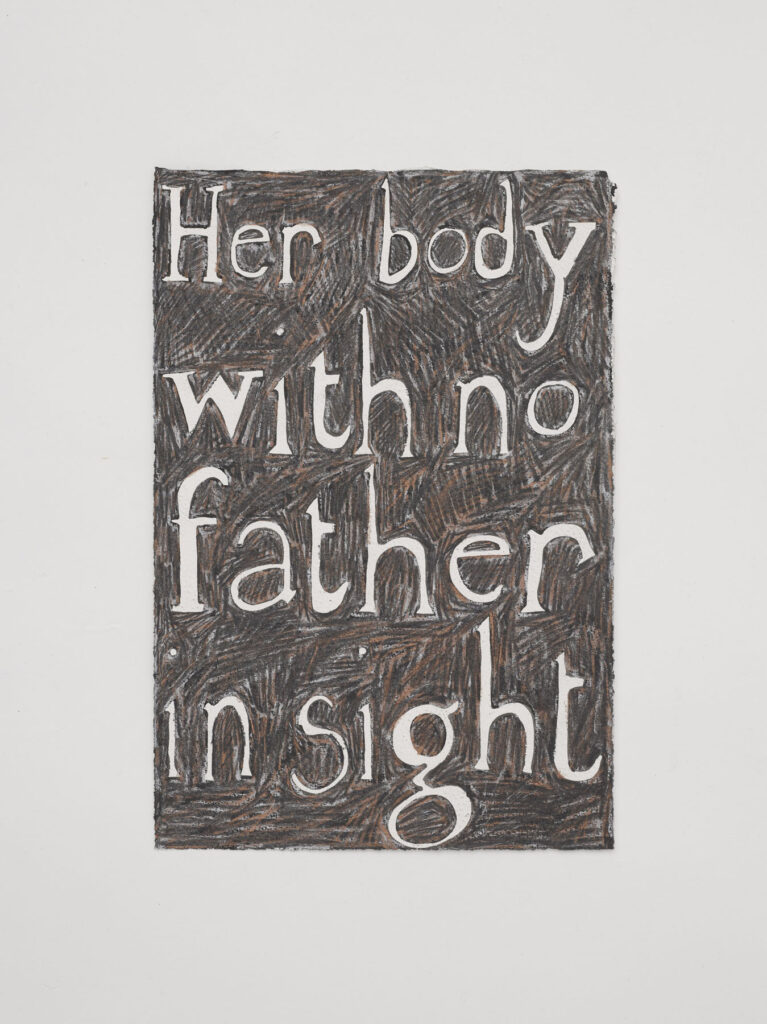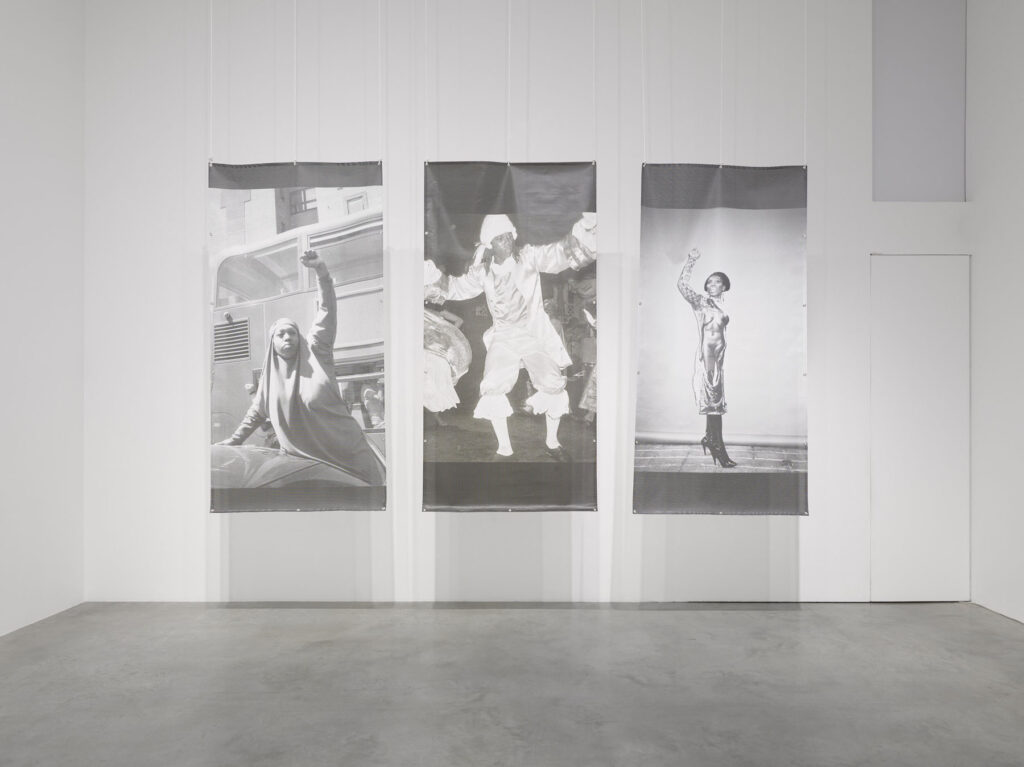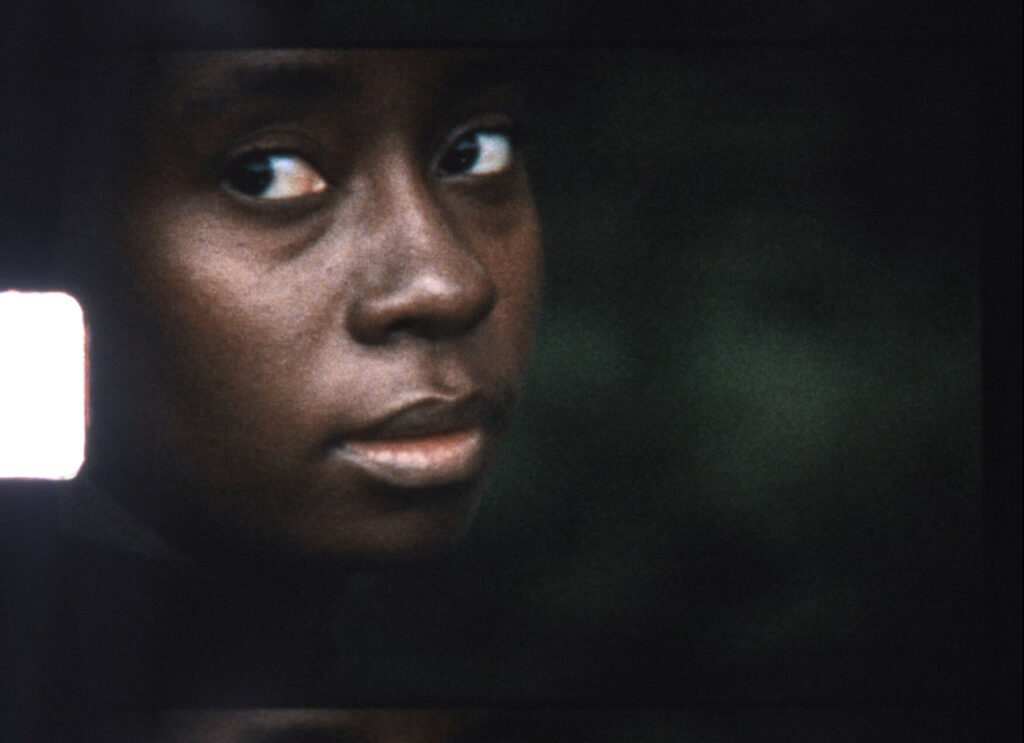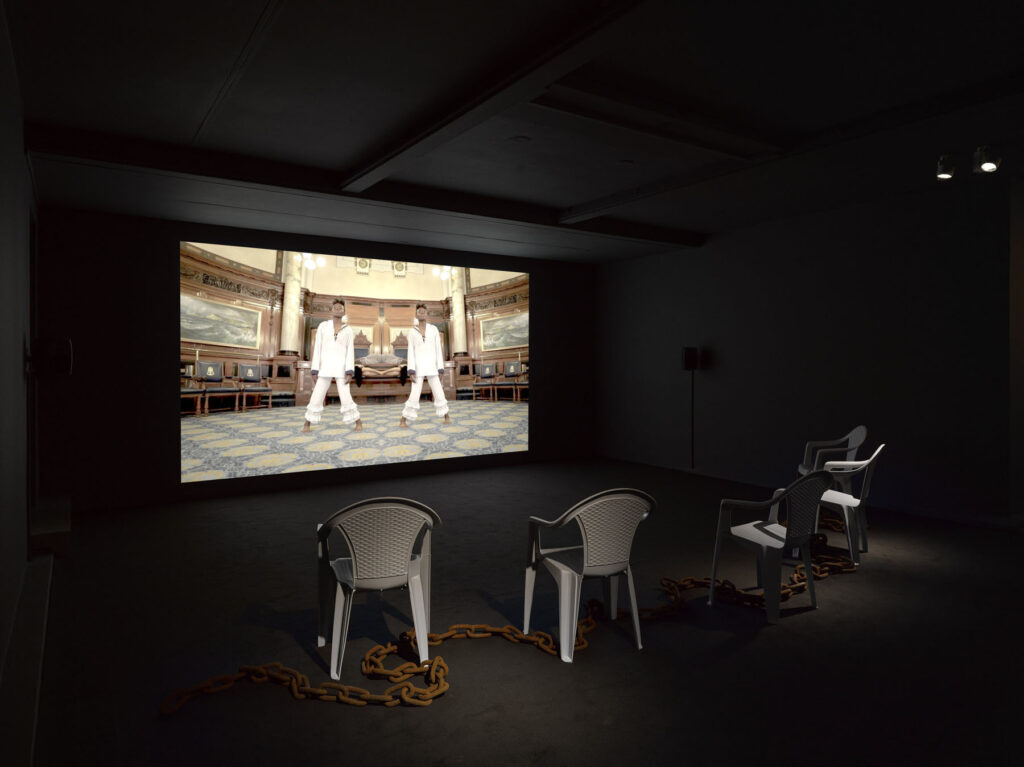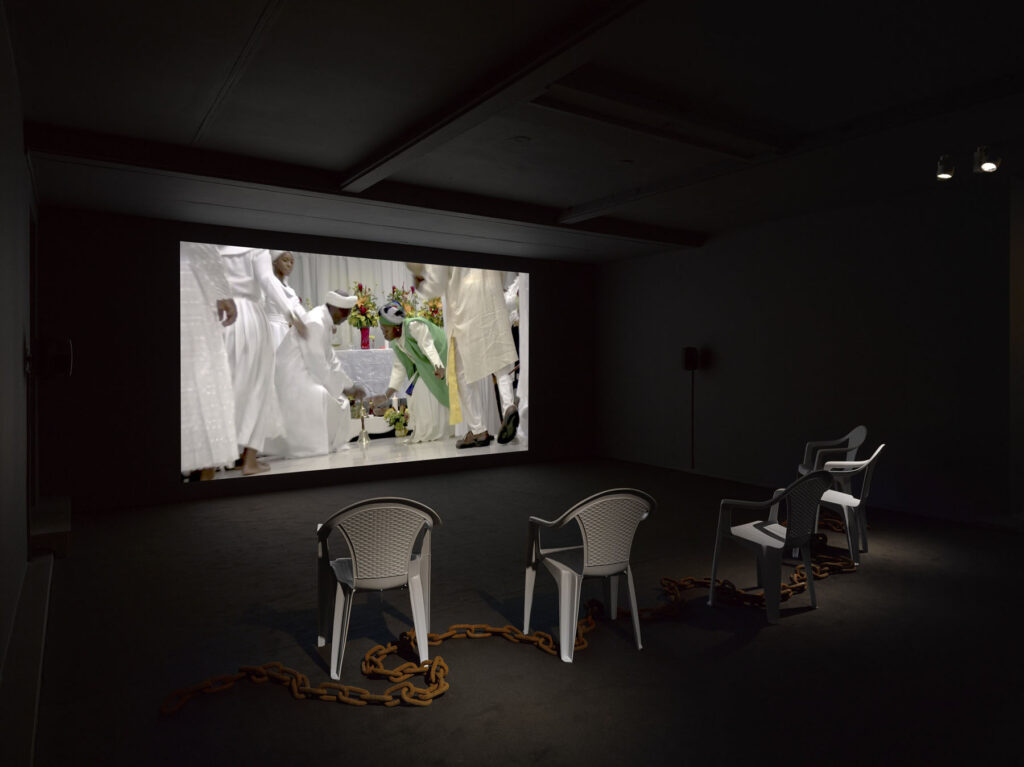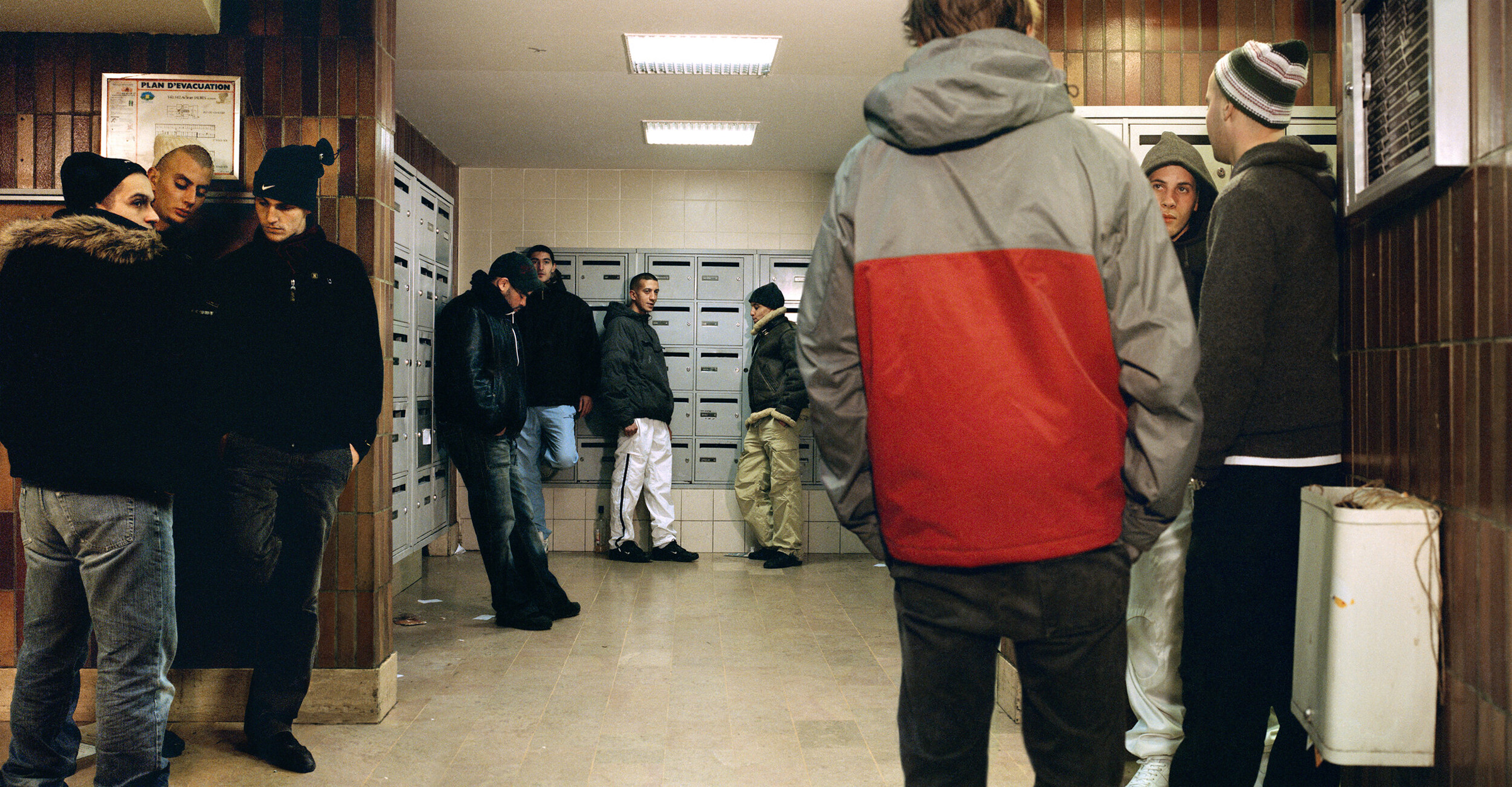
Documenting the experiences of disenfranchised groups and different pockets of inequality in contemporary society
Goldsmiths Centre for Contemporary Art presents Mohamed Bourouissa’s first public UK solo show ‘HARa!!!!!!hAaaRAAAAA!!!!!hHAaA!!!’, comprised of a selection of photography, videos, sounds and installations from 2003 onwards, with a particular focus on the legacy of colonialism.
Through a combination of mixed media, the Algerian-born artist explores a vast range of complex socioeconomic issues and teases out tensions between different social contexts. In travelling to different places and engaging with groups of locals, Bourouissa’s in-depth locational research addresses notions of collective histories, identity and social space, and allows him to share the stories of marginalised communities from imbedding himself within them.
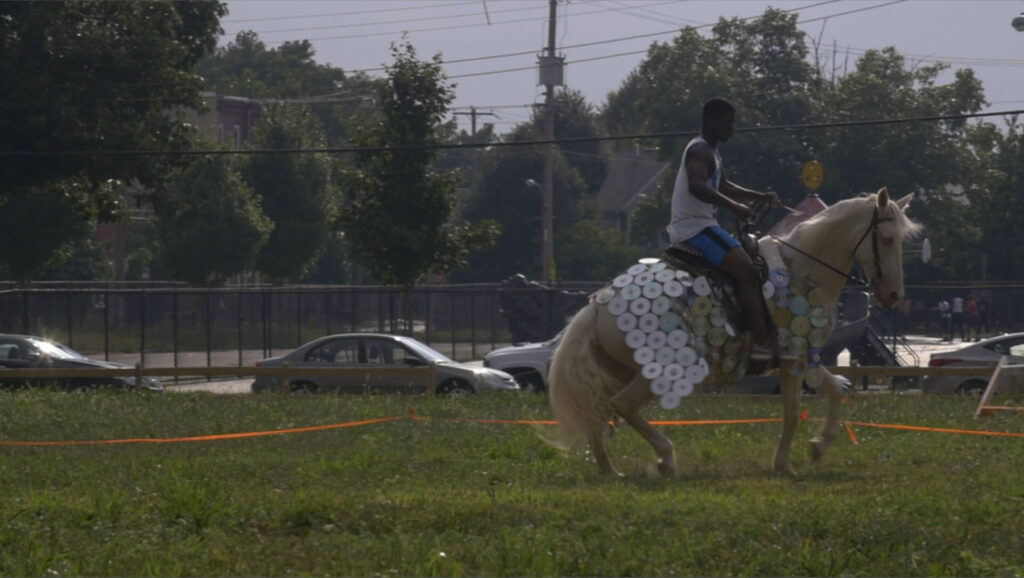
Bourouissa documents the experiences of disenfranchised groups and different pockets of inequality in contemporary society, with a particular emphasis on the destructive remains of colonialism and the current realities of racial and socioeconomic inequality – something that is interesting to observe through the lens of a gallery context.
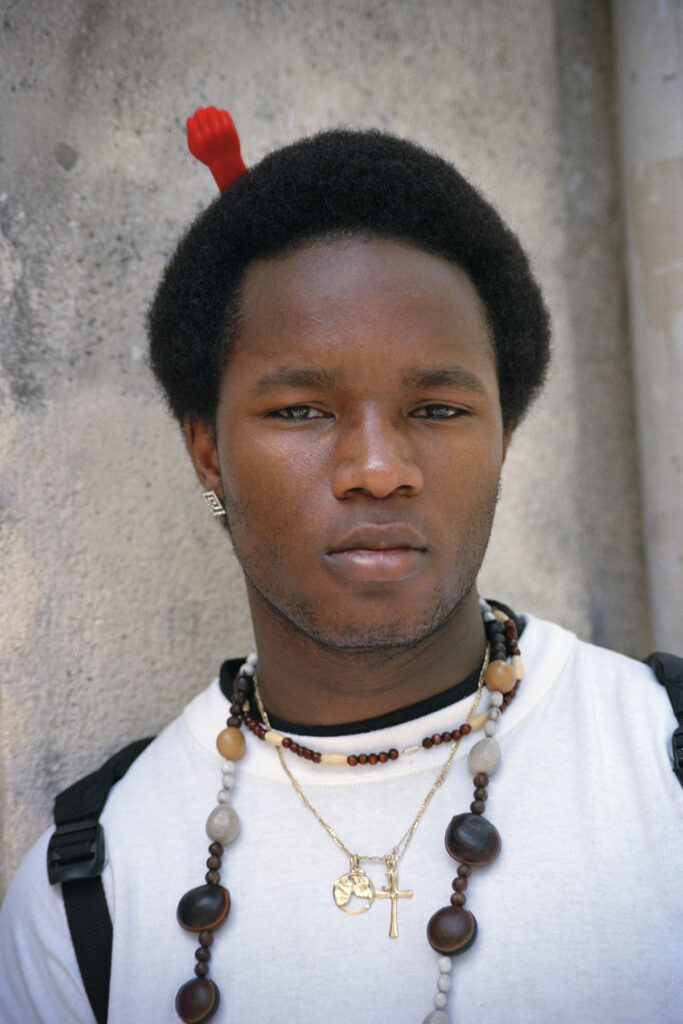
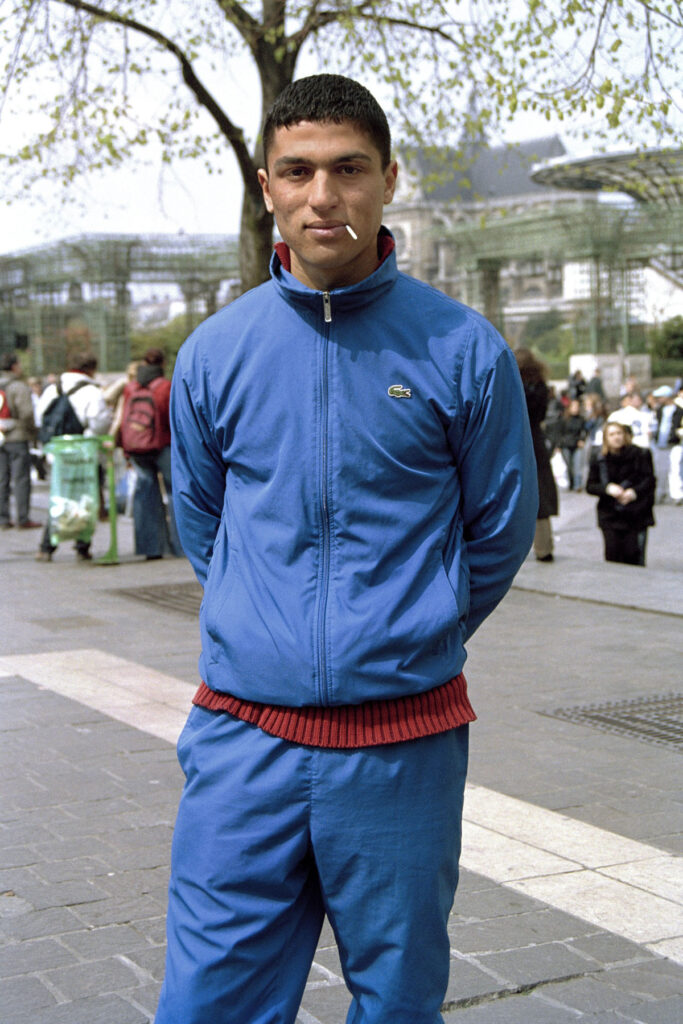
‘HARa!!!!!!hAaaRAAAAA!!!!!hHAaA!!!’ delves into Bourouissa’s different photographic and filmic techniques. With irreverence and intensity, Bourouissa depicts how the individuals in his work use the tools at their disposal to navigate their situation. From grainy smartphone images and street photography to canonical art historical framings of Parisian street life, the exhibition showcases Bourouissa’s ability to articulate insightful statements on contemporary image culture and circumstantial truths.

Mohamed Bourouissa currently lives and works in Paris, France and has exhibited at institutions and biennials including the Paris Museum of Modern Art, The Centre Pompidou, the Barnes Foundation, the Stedelijk Museum, Haus der Kunst, the Berlin Biennale, the Milan Triennial and more.
The exhibition runs until 1st August at Goldsmiths Centre for Contemporary Art.
Discover more on GCCA
